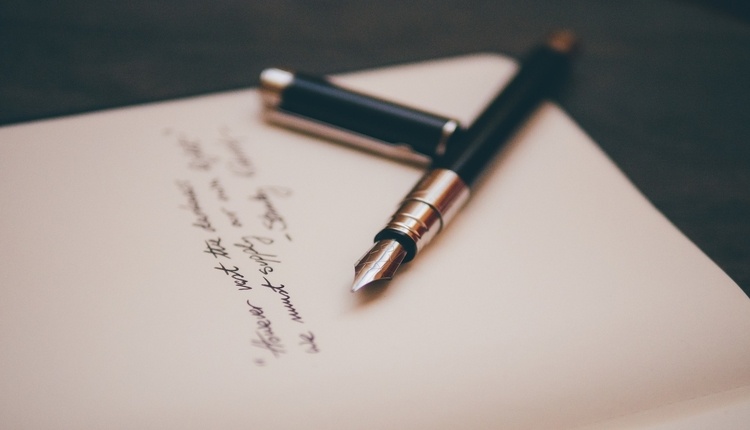The Writing Process | 5 Steps with ExamplesThe writing system is a term utilized reciprocally with the expressions "producing thoughts" or "making content". It alludes to the points of view and activities required by a writer to create texts. The interaction incorporates prewriting, drafting, reexamining, altering, and distributing.
The means engaged with the writing system are not generally straight. They might be finished inside one meeting (for instance), or throughout some stretch of time, (for example, across a little while). There are varieties relying upon instructive setting, sort being composed, reason for text creation, and individual inclination. Writing researchers allude to this system as "a recursive circle", implying that essay writer will rehash steps while traveling through the writing system.
There are numerous conventional stages in the writing system, frequently including "arranging" and "coordinating", yet numerous writers like to move toward the creating (writing) of a text in an unexpected way. For instance, a lot writing by columnists isn't arranged ahead of time since they need their perusers to get all data right away:
There are a few stages in the logical writing process which contrast from more inventive method for correspondence: This blueprint mirrors Langan's portrayal of an ordinary designing report at Georgia Tech; staff might allot comparable assignments with various names for each part. (1.) This would incorporate trading thoughts with one more individual or gathering and essential exploration on a theoretical thought or theme.
Different creators utilize their own structures for certain normal elements:
As indicated by Cliff (1991), there are three general methodologies that writers take when moving toward writing: straight reasoning, non-direct reasoning or multi-straight reasoning. Direct scholars will quite often be down to earth in their methodology; they think straightly on the grounds that they have specific things arranged out prior to pushing ahead, for example, laying out an essay before truly beginning to write it. They likewise appreciate arranging and coordinating their work since they like to have everything all together prior to pushing ahead. Non-straight scholars (otherwise called comprehensive masterminds) will generally be somewhat more unconstrained than direct masterminds; they are more averse to layout an essay completely before truly beginning to write this is on the grounds that they like for the progression of writing to fall into place easily. Non-direct writers additionally appreciate monitoring every one of the thoughts that ascent from starting meetings to generate new ideas, yet don't really design out these thoughts early. Multi-direct masterminds evaluate both straight and non-direct speculation relying upon what turns out best for them on some random writing project. For instance, a multi-straight scholar might get going with some illustrating assuming the person in question experiences difficulty passing on thoughts, yet after the primary thought is set out they might return and essentially write according to their perspective. Precipice recommends that since the multi-direct scholar works with more than one type of reasoning, their writing will be vastly improved created on the grounds that he/she can concoct an assortment of viewpoints.
In first language securing, three phases are regularly recognized in the advancement of a youngster's education capacity: exacting or "print mindfulness" (staying alert that words on a page address individual things), cooperative or allegorical ("picture books"), and talk ("perception") (Turner). Stage 1 can be depicted as prewriting; it includes making blemishes on paper with practically no cognizant relationship to writing. The essay writing service might write letters or stick figures, yet there is no connection between the imprints made on paper and the printed word they address; they are totally autonomous of one another. This stage is in some cases alluded to as "prewriting". Stage 2 includes representative play in which a significant association (i.e., one that lets us know something significant with regards to the writer's expectations) exists between what shows up on paper and what it addresses. For example, an image of a miserable face drawn by a youngster may signify "I'm tragic." Stage 3 for the most part happens in school-matured kids (ages 6–12). It alludes to understanding print as an instrument for correspondence—the capacity to peruse and get what another person has composed (Turner).
Prewriting, a fundamental cycle in creating composed work, is one of self-checking. Understudies picture or in any case contemplate what they are writing and afterward write it down on paper. In lower grades, prewriting frequently includes drawing an image, posting words to depict the thought being introduced, replicating words from a word reference or expression book (i.e., making an abecedary), forming "finger plays," and so on Research has shown that even second graders can profit from drafting informative materials (Turner). |
